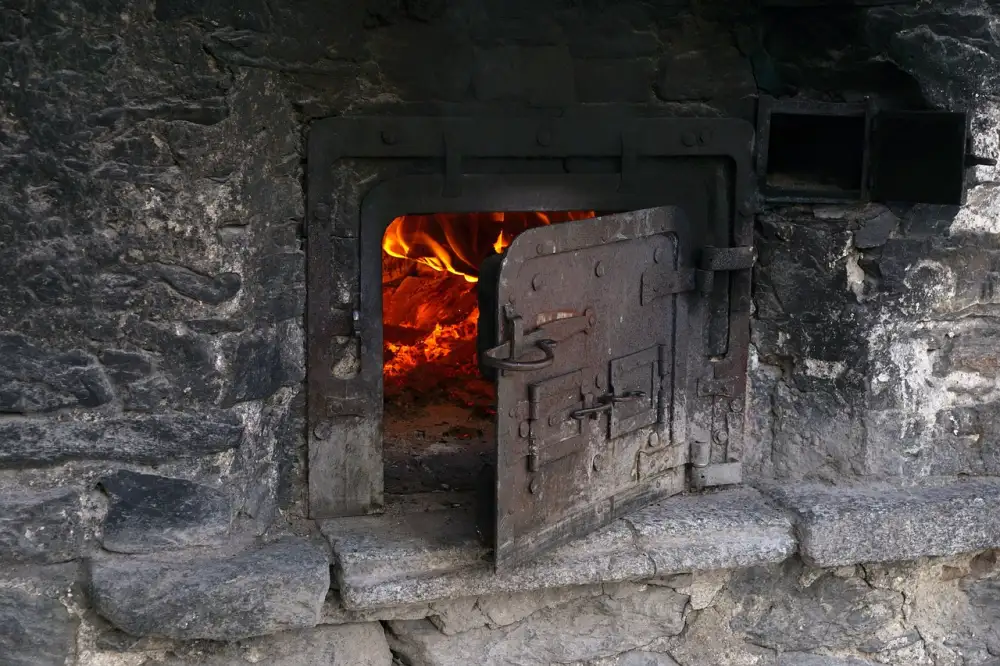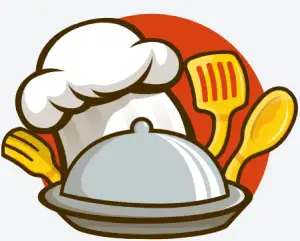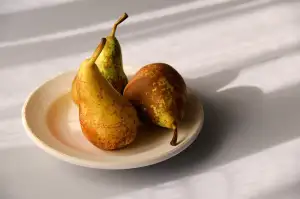Mastering Your Convection Oven: Essential Tips for Home Cooks

- Understanding the Difference Between Conventional and Convection Ovens
- Preheating Your Convection Oven
- Adjusting Cooking Time and Temperature for Convection Cooking
- Proper Placement of Cookware in the Convection Oven
- Utilizing the Convection Fan for Even Cooking
- Tips for Cleaning and Maintaining Your Convection Oven
- Experimenting with Recipes and Techniques for Optimal Results
Convection ovens are a popular choice for home cooks looking to elevate their culinary skills. Unlike conventional ovens that rely on radiant heat, convection ovens use a fan to circulate hot air around the food. This constant airflow results in faster and more even cooking, making it ideal for roasting, baking, and broiling. By mastering the art of cooking with a convection oven, you can achieve professional-quality results in your own kitchen.
Understanding the Difference Between Conventional and Convection Ovens
Understanding the difference between conventional and convection ovens is essential for home cooks looking to master their culinary skills. Conventional ovens use radiant heat from the top and bottom heating elements to cook food, resulting in uneven heat distribution and longer cooking times. On the other hand, convection ovens have a fan that circulates hot air around the food, allowing for faster and more even cooking. This fan helps to eliminate hot spots and ensures that dishes are cooked thoroughly and consistently. By harnessing this technology, home cooks can achieve better results with their recipes and unleash their culinary creativity.
Preheating Your Convection Oven
Preheating your convection oven is crucial for optimal cooking results. Unlike conventional ovens, convection ovens require less preheating time due to their efficient air circulation system. To preheat your convection oven, simply set the temperature 25 degrees Fahrenheit lower than what the recipe calls for and allow it to heat up for about 5-10 minutes. This quick preheating process ensures that the oven reaches the desired temperature evenly, allowing for more consistent and efficient cooking. Remember, always refer to your oven's manual for specific preheating instructions and guidelines.
Adjusting Cooking Time and Temperature for Convection Cooking
When using a convection oven, it's essential to adjust both the cooking time and temperature for optimal results. Due to the circulating hot air in convection ovens, food cooks faster than in conventional ovens. As a general rule of thumb, you can reduce the cooking temperature by 25 degrees Fahrenheit and decrease the cooking time by about 25% when using a convection oven. It's important to keep an eye on your food as it cooks, especially when trying out new recipes or techniques, to ensure that it doesn't overcook. By making these adjustments, you'll achieve perfectly cooked dishes with a crispy exterior and moist interior every time.
Proper Placement of Cookware in the Convection Oven
Proper placement of cookware in a convection oven is crucial for ensuring even cooking and optimal results. When using a convection oven, it's important to leave enough space around the cookware to allow for proper air circulation. Avoid overcrowding the oven with too many dishes at once, as this can block the airflow and result in unevenly cooked food.
For best results, place the cookware in the center of the oven rack. This allows hot air to circulate evenly around the dish, promoting consistent cooking throughout. Additionally, using light-colored or reflective pans can help prevent excessive browning on the bottom of your food, as they reflect heat more effectively than dark pans.
When placing multiple dishes in the convection oven, be sure to stagger them on different racks rather than stacking them directly on top of each other. This will allow for better airflow and ensure that each dish cooks evenly. By following these placement guidelines, you can make the most of your convection oven and achieve delicious results every time.
Utilizing the Convection Fan for Even Cooking
Utilizing the convection fan in your convection oven is key to achieving even cooking results. The fan helps circulate hot air around the food, ensuring that heat is distributed evenly. This can result in faster cooking times and more consistent browning. To make the most of this feature, avoid overcrowding the oven with too many dishes as it can obstruct airflow. Additionally, using shallow pans or baking sheets can help maximize the circulation of hot air for optimal cooking performance.
Tips for Cleaning and Maintaining Your Convection Oven
**Tips for Cleaning and Maintaining Your Convection Oven**
To keep your convection oven in top condition, it is essential to regularly clean and maintain it. Start by ensuring the oven is completely cool before cleaning. Remove any food debris or spills with a damp cloth or sponge. Use a mild detergent or oven cleaner for stubborn stains, following the manufacturer's instructions.
Remember to clean the convection fan and vents regularly to prevent buildup that can affect airflow. Wipe down the interior walls and racks with a non-abrasive cleaner. Avoid using harsh chemicals or abrasive materials that could damage the oven's surfaces.
Check the door seal for any signs of wear or damage, as a tight seal is crucial for optimal performance. If needed, replace the seal to maintain efficiency. Lastly, schedule professional maintenance at least once a year to ensure all components are working correctly and prolong the lifespan of your convection oven.
Experimenting with Recipes and Techniques for Optimal Results
Experimenting with recipes and techniques in your convection oven can lead to optimal results in your cooking endeavors. Start by trying out different types of dishes, such as roasted vegetables, baked goods, or even meats. Keep track of the cooking times and temperatures used for each recipe to understand how they are affected by the convection setting.
Additionally, consider experimenting with different rack placements in the oven to see how it impacts the overall cooking process. For example, placing a dish on a lower rack may result in a crispier bottom crust, while using a higher rack can help achieve browning on the top of dishes.
Furthermore, don't be afraid to adjust the temperature and cooking time based on your observations. Convection ovens typically cook faster than conventional ovens, so keep an eye on your dishes to prevent overcooking. Remember that practice makes perfect when it comes to mastering your convection oven, so don't hesitate to try out new recipes and techniques to achieve the best possible results.
Published: 20. 04. 2024
Category: Home



